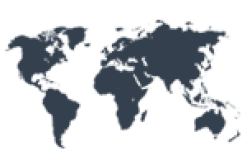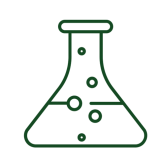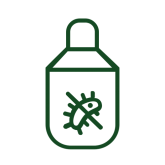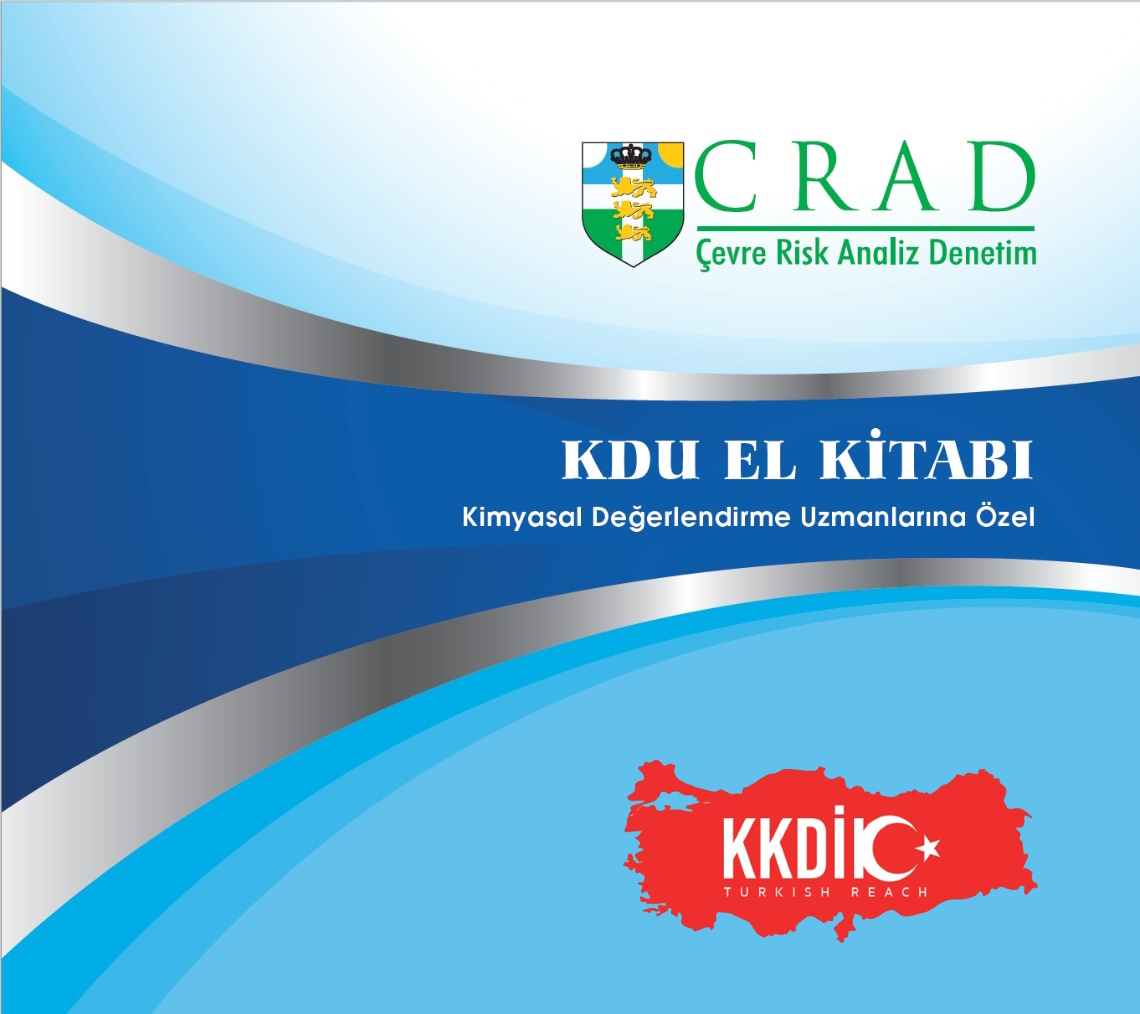REACH REGULATION, CONCERNS ON SVHC EFFECTS AND SOLUTIONS FOR THE CABLE INDUSTRY
Kablosan Magazine - November-December 2012
The EU REACH Regulation is on the hot list of global chemical industry and effects the article manufacturers directly or indirectly. Even though the regulation is celebrating its 6th birthday, it is still unclear how to manage the problems and conflicts regarding the questions and subjective interpretations of the regulation. But a major problem clearly stands; “our exports to EU might be under risk with a query received from a client or an export that is quarantined at the EU customs due to an inspection on REACH!”
SVHC and obligations of the Cable Industry: 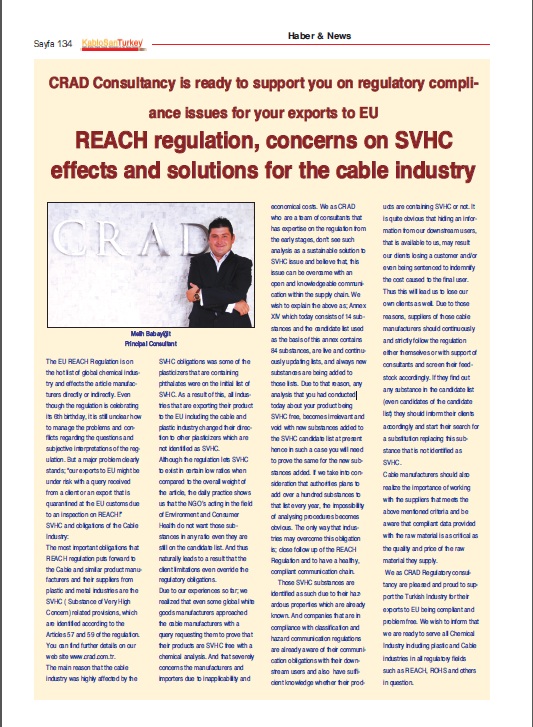
The most important obligations that REACH regulation puts forward to the Cable and similar product manufacturers and their suppliers from plastic and metal industries are the SVHC ( Substance of Very High Concern) related provisions, which are identified according to the Articles 57 and 59 of the regulation. You can find further details on our web site www.crad.com.tr.
The main reason that the cable industry was highly affected by the SVHC obligations was some of the plasticizers that are containing phthalates were on the initial list of SVHC. As a result of this, all industries that are exporting their product to the EU including the cable and plastic industry changed their direction to other plasticizers which are not identified as SVHC.
Although the regulation lets SVHC to exist in certain low ratios when compared to the overall weight of the article, the daily practice shows us that the NGO’s acting in the field of Environment and Consumer Health do not want those substances in any ratio even they are still on the candidate list. And thus naturally leads to a result that the client limitations even override the regulatory obligations.
Due to our experiences so far; we realized that even some global white goods manufacturers approached the cable manufacturers with a query requesting them to prove that their products are SVHC free with a chemical analysis. And that severely concerns the manufacturers and importers due to inapplicability and economical costs. We as CRAD who are a team of consultants that has expertise on the regulation from the early stages, don’t see such analysis as a sustainable solution to SVHC issue and believe that, this issue can be overcame with an open and knowledgeable communication within the supply chain. We wish to explain the above as; Annex XIV which today consists of 14 substances and the candidate list used as the basis of this annex contains 84 substances, are live and continuously updating lists, and always new substances are being added to those lists. Due to that reason, any analysis that you had conducted today about your product being SVHC free, becomes irrelevant and void with new substances added to the SVHC candidate list at present hence in such a case you will need to prove the same for the new substances added. If we take into consideration that authorities plans to add over a hundred substances to that list every year, the impossibility of analysing procedures becomes obvious. The only way that industries may overcome this obligation is; close follow up of the REACH Regulation and to have a healthy, compliant communication chain.
Those SVHC substances are identified as such due to their hazardous properties which are already known. And companies that are in compliance with classification and hazard communication regulations are already aware of their communication obligations with their downstream users and also have sufficient knowledge whether their products are containing SVHC or not. It is quite obvious that hiding an information from our downstream users, that is available to us, may result our clients losing a customer and/or even being sentenced to indemnify the cost caused to the final user. Thus this will lead us to lose our own clients as well. Due to those reasons, suppliers of those cable manufacturers should continuously and strictly follow the regulation either themselves or with support of consultants and screen their feedstock accordingly. If they find out any substance in the candidate list (even candidates of the candidate list) they should inform their clients accordingly and start their search for a substitution replacing this substance that is not identified as SVHC.
Cable manufacturers should also realize the importance of working with the suppliers that meets the above mentioned criteria and be aware that compliant data provided with the raw material is as critical as the quality and price of the raw material they supply.
We as CRAD Regulatory consultancy are pleased and proud to support the Turkish Industry for their exports to EU being compliant and problem free. We wish to inform that we are ready to serve all Chemical Industry including plastic and Cable industries in all regulatory fields such as REACH, ROHS and others in question.
Melih Babayiğit
Principal Consultant


